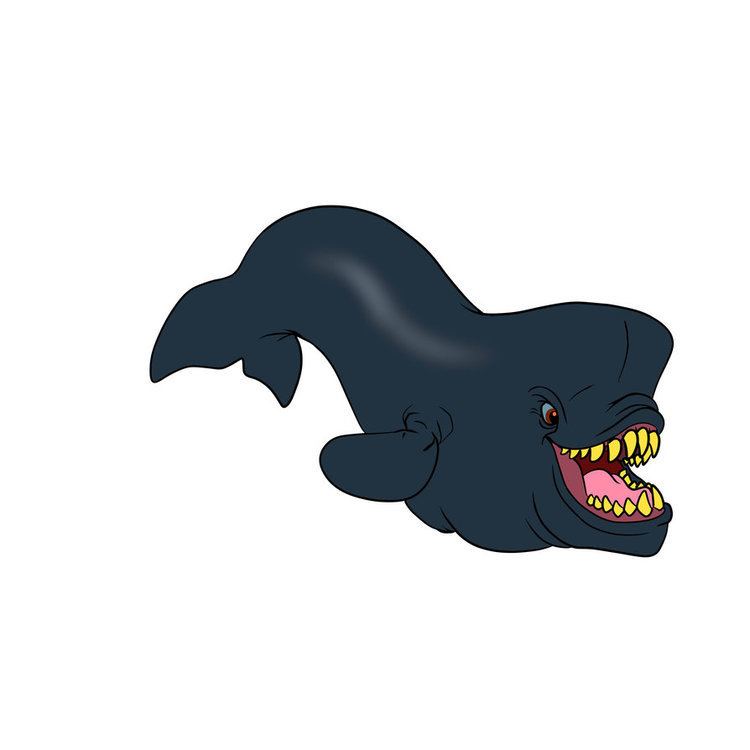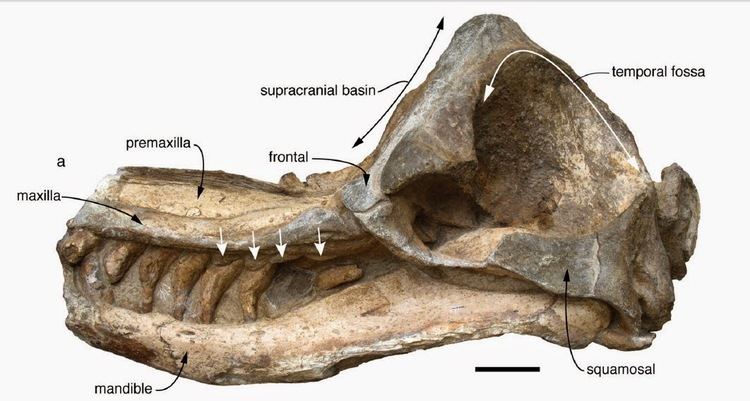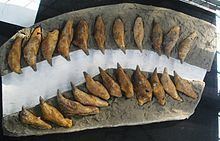Rank Genus | Phylum Chordata Order Artiodactyla | |
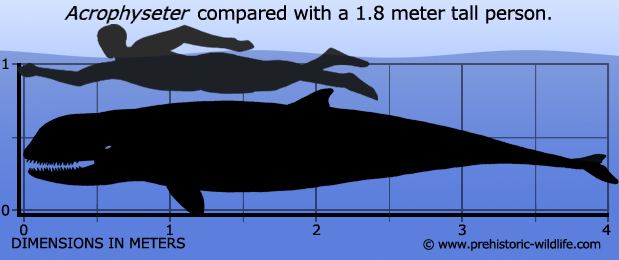 | ||
Similar | ||
Acrophyseter is a genus of stem-sperm whales that lived around 12-7 million years ago in waters off the coast of Peru.
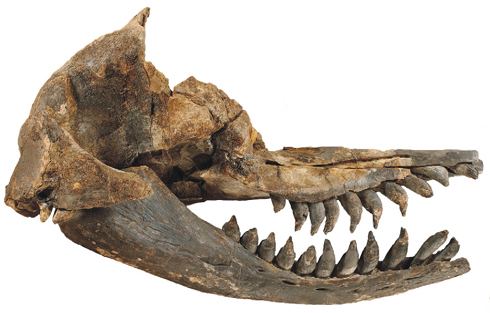
Description
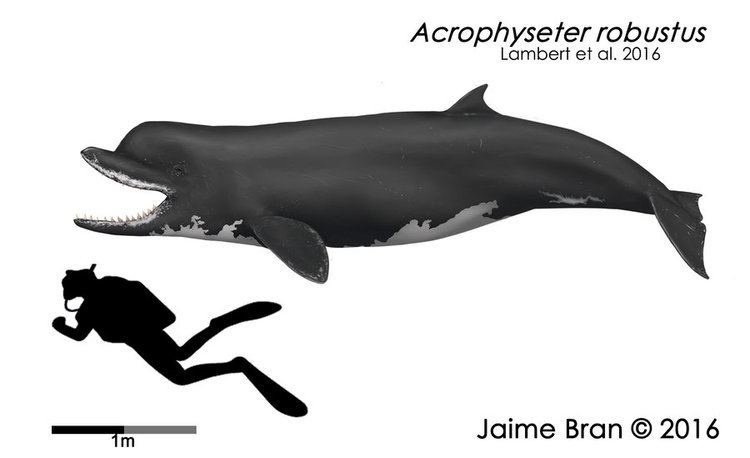
Acrophyseter is derived from the Greek akros, meaning acute, which describes the short, pointed, upturned snout, and Physeter, the scientific name for sperm whales. Unlike today's sperm whales, though, A. deinodon was relatively small at around 4 m (13 ft) and had teeth on both its upper and lower jaws, 12 pairs in the upper jaw and 13 pairs in the lower. These teeth were large, sharp, and set firmly in deep sockets; the species epithet deinodon is from the Greek deinos, meaning terrible, and odon, tooth. The lower back teeth were close together, suggesting they were used for shearing, unlike the suction feeding used by today's sperm whales, which do not even have teeth on their upper jaws. These differences imply that Acrophyseter fed on comparatively large prey, such as the smaller whales such as Piscolithax, pinnipeds such as Acrophoca, and penguins such as Spheniscus urbinai that lived in the area then.
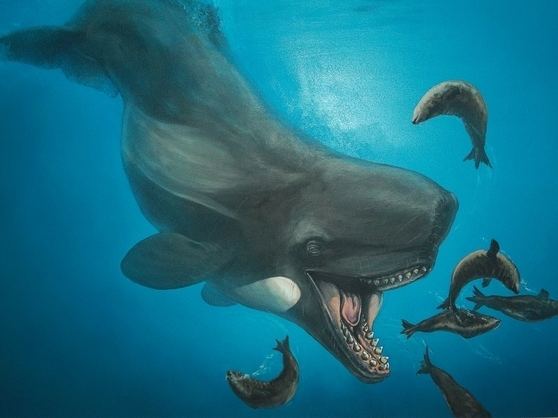
Various skull characteristics such as the size of the teeth and presence of tooth enamel which living sperm whales do not have indicate that Acrophyseter is probably a sister group to the Brygmophyseter and Zygophyseter group and to the group comprising Aulophyseter and living physeteroids, the kogiids and physeterids.
A second species of Acrophyseter, A. robustus, is known from latest Serravallian-Tortonian deposits within the Pisco Formation.
